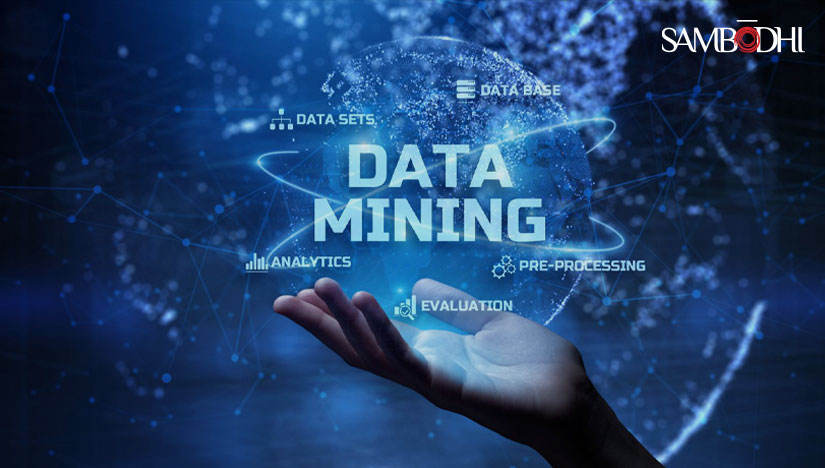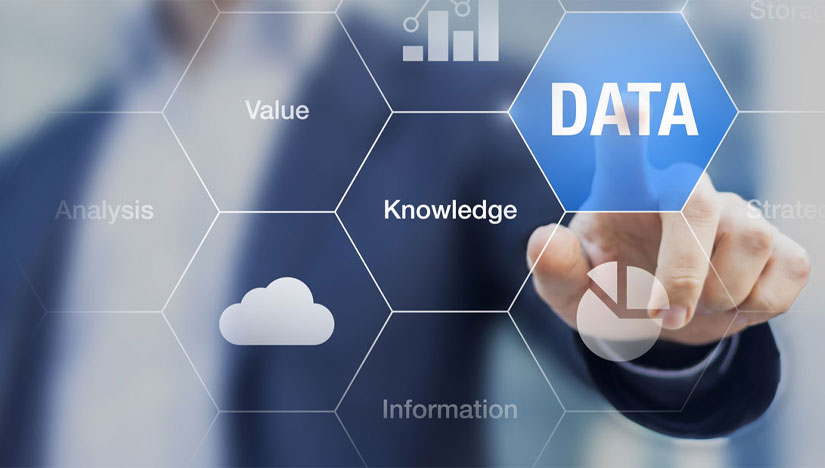Data Mining: The Concept, Steps, and Application

Data mining is the finding, sorting, and analyzing large datasets to find valuable information. Compared with actual mining, which is very time-consuming, it requires minimal effort. With the right tools and techniques, one can reap rewarding results in data mining. With the right tools and methods, we can analyze terabytes of data in minutes, revealing patterns, journeys, and behavior in seconds.
The goal of data mining is to identify patterns in data and forecast trends and behavior by using statistical methods and algorithms. Many fields use data mining techniques, including marketing, risk management, fraud detection, cybersecurity, medical diagnosis, and math.
Enterprises can benefit from data mining, predictive analytics, machine learning, and other advanced analytics parts to differentiate themselves from the competition. Several steps are involved in data mining. It entails:
- Identifying research or analytical goals,
- Choosing data sources like databases or operational systems,
- Data collection and exploration, including sampling and profiling,
- Data preparation and transformation using a variety of analytical techniques and making decisions based on the data

Steps for data preparation
In the first step, determine your objectives and then establish the timeframe and scope of the project based on those goals.
In the next phase, you can identify which platforms and databases you need to tackle the problem using Excel spreadsheets or any other database based on your objectives. Also, it is imperative to choose the sources that deliver the data most efficiently.
In the next step, data preparation, you will use the Extract, Transform, and Load (ETL) process. In this manner, the data is gathered from various sources, cleaned, and compiled after they have been obtained.
Analyzing data is the next step. Machine learning algorithms uncover patterns and links in the organized data, allowing them to influence decisions and predict future trends. This application manages data items, often known as data points, and standardizes their relationships.
The final step is deployment or implementation. Decision-makers should receive a report after the data mining project is completed. After the information is analyzed, the decision-makers can decide how to use it.
Data mining: Analytical approaches and standpoint
Although data mining is often referred to as data analytics, it’s a component of data science and analytics. Due to its focus on finding relevant information and data sets, data mining makes analytics and predictive modeling possible.
Data scientists and other users develop, test, and evaluate data mining models. Essentially, data mining involves identifying trends and patterns in raw data, usually to predict future outcomes. Various data mining tools are used to look for anomalies, patterns, trips, and correlations in large amounts of data.
Although data mining has existed for quite some time, it consists of several distinct fields.
- The first is statistical, the quantitative analysis of data relationships.
- Next, we have artificial intelligence (AI), the level of intelligence displayed by software or computing devices.
- Finally, we have machine learning, the capability to learn automatically from data without requiring human intervention.
As a result, we can now automate massive data sets more simply and effectively than we were able to do in the past. These data sets become more relevant and accurate as they become more complex and diverse by revealing patterns. By mining data, companies can anticipate problems, solve them, and plan for the future.
Application
As a general rule, data mining uncovers hidden patterns, relationships, and data that can affect businesses across all sectors. In addition to building risk models, detecting fraud, identifying quality issues, and improving safety, enterprises can use data mining to manage the supply chain and manufacturing operations.
By utilizing data mining successfully, businesses can make government enterprises more profitable and accountable, improve agricultural productivity, and improve learning opportunities.
By utilizing the correct analytical methods and tools, data mining can help you cut through chaotic data noise and discover what’s essential. More important than the amount of data you have is what you do with them. Let’s look at a few examples of enterprises that have effectively utilized data mining to succeed.
Through data mining, enterprises could align their marketing and communication efforts with their customers’ preferences. Organizations can use this data to identify emerging trends in their audience segment and capitalize on them in real-time.
Data mining has vast applications in the public sector using open-source public data. The government and civil society collect vast amounts of public data, but these are seldom used primarily because of gaps in capabilities and siloed systems. These issues can be seamlessly solved through data mining, which can help identify patterns and predict future trends with minimal effort.
Data analysis using data mining has been used successfully in healthcare and well-being to improve patient satisfaction, provide more patient-centered care, reduce costs, and increase operational efficiency. In agriculture, this technology can be deployed to help farmers find a better market for their products and to predict weather patterns.
A data mining strategy can benefit every enterprise, and it is crucial to think about how a data mining strategy can improve efficiency and public good for your institution.
Kultar Singh – Chief Executive Officer, Sambodhi
Leave a Reply
You must be logged in to post a comment.
